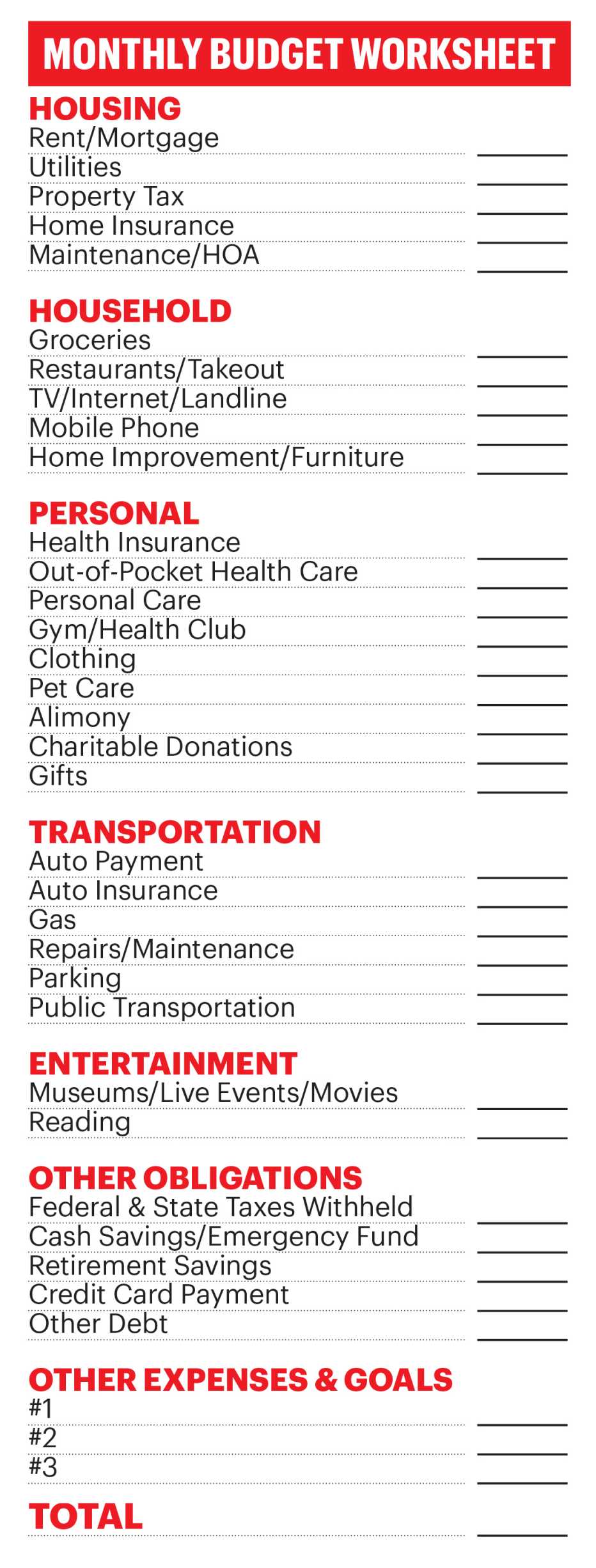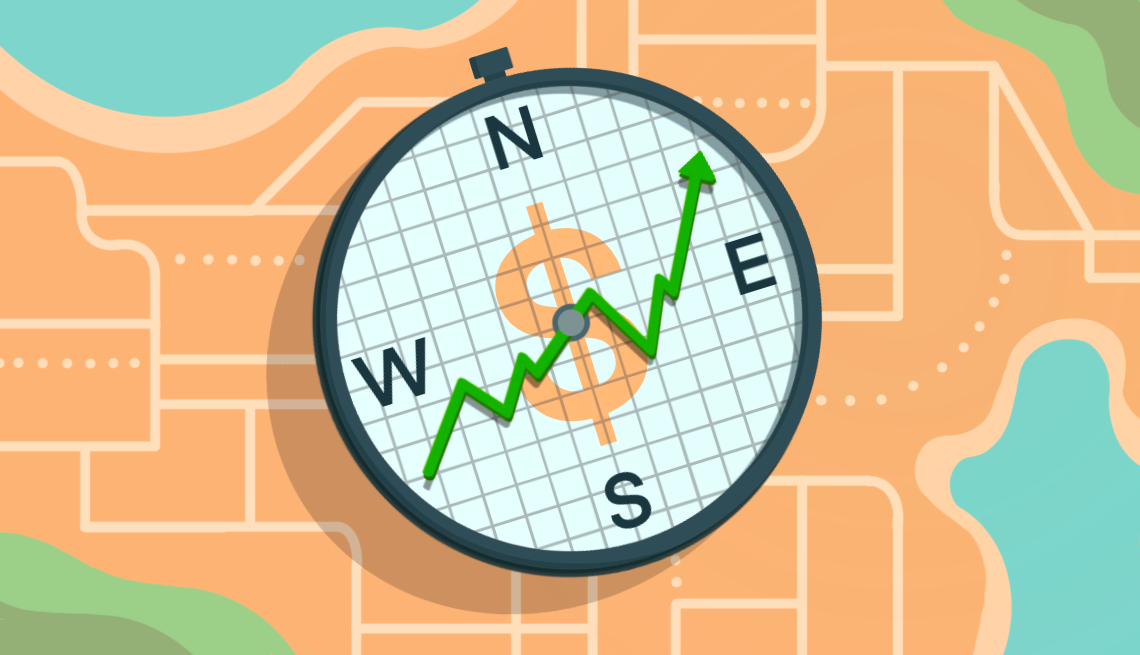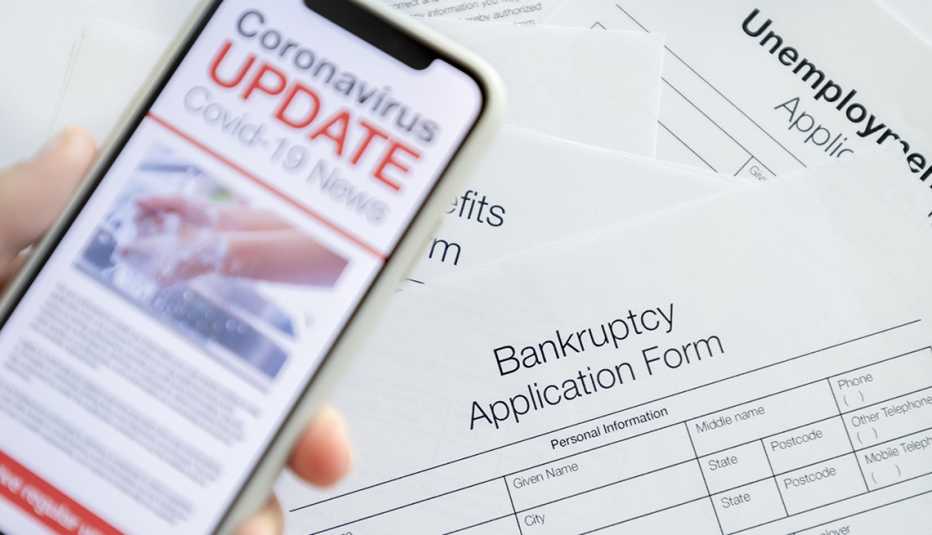Staying Fit
- You've started using one credit card to pay off another card or are making only the minimum monthly payments.
- Your rainy-day fund is shrinking, and your savings account balance is dropping.
- You've started getting collection notices and past-due bills.
- You're putting off needed home maintenance, health care appointments or car repairs.
- You dread getting the mail, and you're refusing to answer calls you suspect are from creditors.
In many households, pandemic-related shocks to the financial system have people asking themselves, "How do I know I'm in financial trouble?"
Sometimes it's hard to face up to the precarious state of one's finances. Here are five warning signs. Answering yes to any of these statements suggests that you need to seek help and take action.
“If I want to cut spending, where do I start?"
The 10-minute approach. Pull out your banking and credit card statements from April, advises Anthea Perkinson, a financial planner in Pelham, New York. That's the month when the lockdown hit much of the country and people stopped traveling, eating out and socializing. (If the lockdown didn't hit your area until later, use May or June statements instead.)


Then compare that month's spending to August, when things started to open up. “Look at the difference,” Perkinson says. “All that extra stuff in the August statements — you can probably live without it.”
In addition, look at your recurring charges. Shut down the memberships, subscriptions and services you aren't using now but haven't canceled. Maybe you don't want to re-up at the gym, she says. Given the bare-bones pandemic sports schedule, perhaps you don't need that premium cable sports channel anymore. And if you aren't going anywhere, maybe you can negotiate a discount on your car insurance.
Think hard about all of those pandemic services you started using — like ordering takeout, instead of cooking, or using grocery delivery — and opt for cheaper alternatives.
The long-run solution. "You can't cut back on what you don't know you are spending,” says Velma Kyser, program manager at the Financial Empowerment Center in Lansing, Michigan. That's why a basic spending log is a critical tool going forward.
Identify the necessities: housing, utilities, food, transportation and health care. Remember to make adjustments for spending that has changed during the coronavirus pandemic, such as the cost of commuting to work. Then earmark anything left for the things you want but don't necessarily need. One way to enforce discipline is to set up a separate bank account for recurring and necessary bills, such as rent, utilities, car payments and insurance premiums, Kyser says.





































































